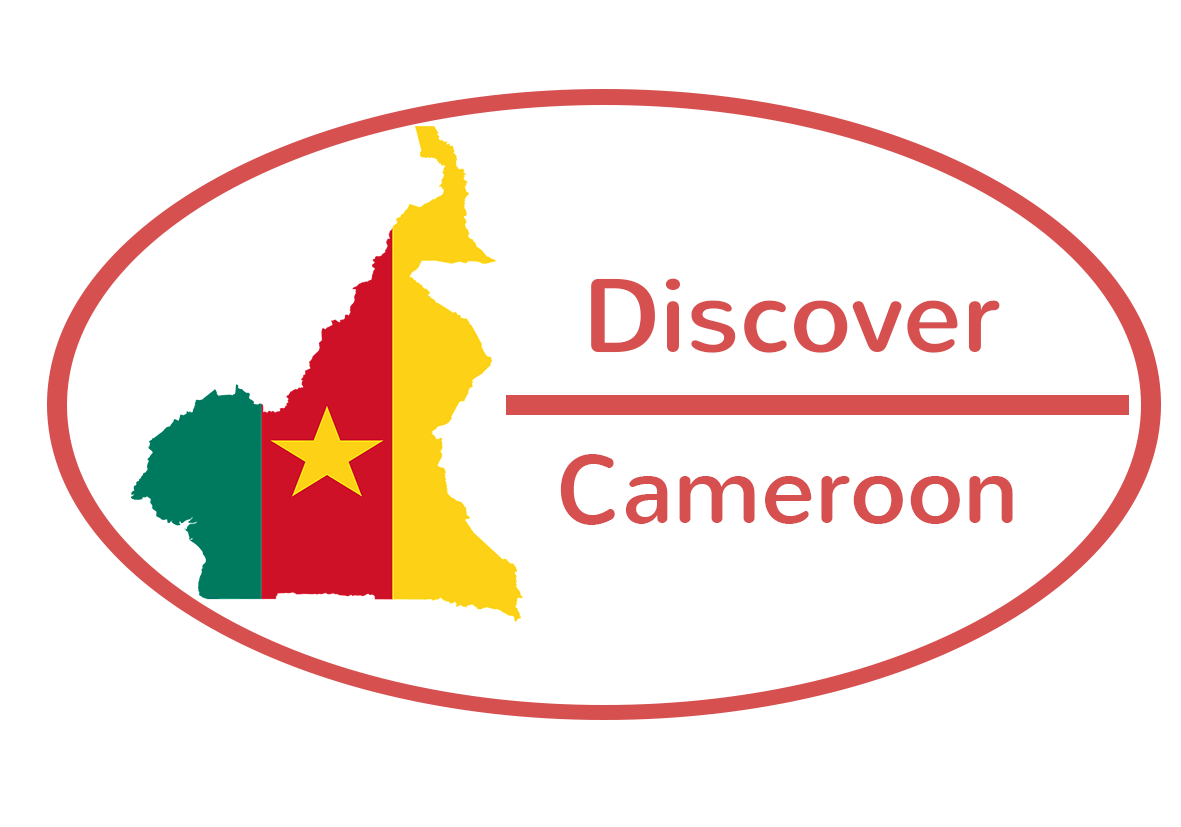Let's go conquer the Cameroonian rainforest
14 days and 13 nights of discovery of the Cameroonian rainforest, immersion in the National Parks of Lobeke, Boumba Bek and Nki
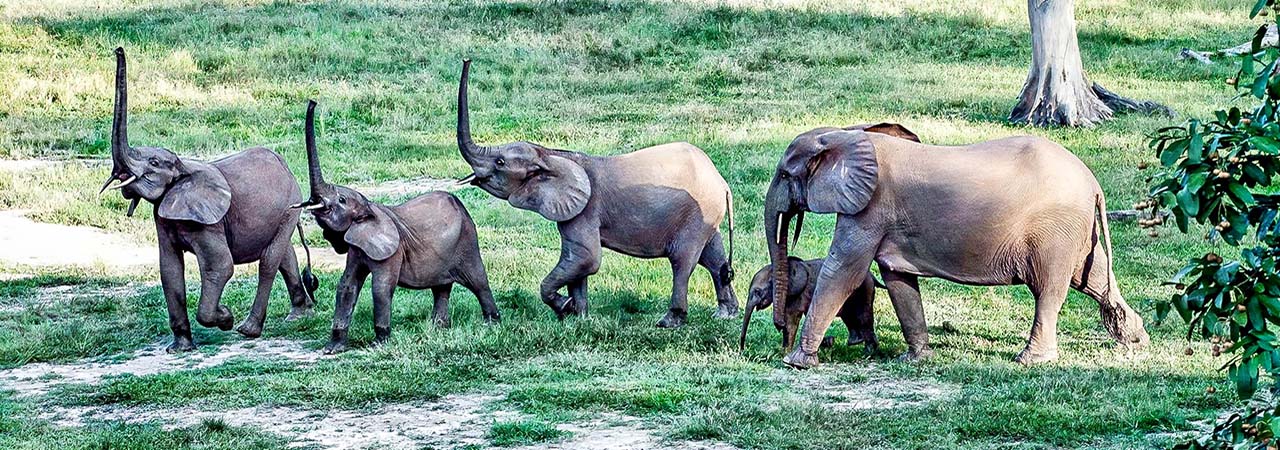
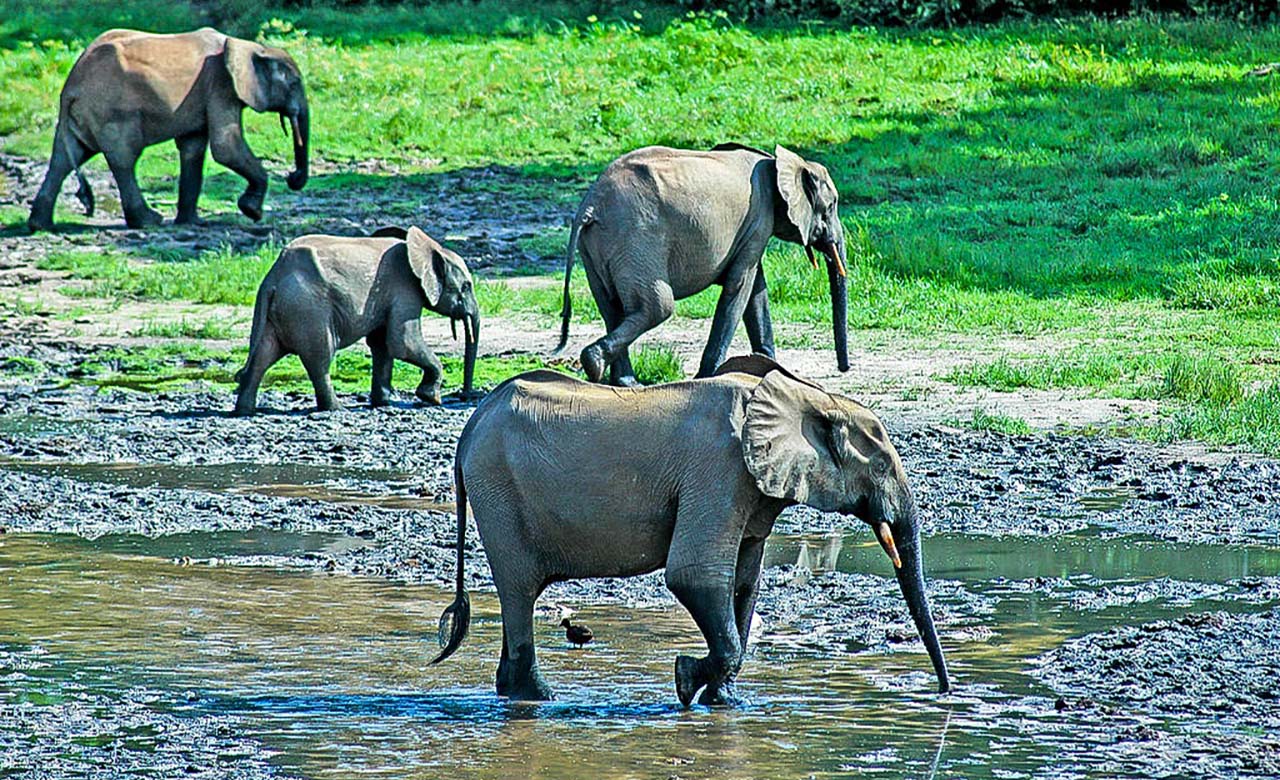
This pleasant circuit will take us to the depths of the Cameroonian rainforest. We will go to discover the National parks of Lobeke, Boumba Bek and Nki.
Forest clearings also called Bai, rich in salt, large in area sometimes the size of a football field, are real attractions to the fauna of the park. In Lobéké, 6 glades are subject of special surveillance: the glades of Bolo, Djangui, Ndangaye, Ngoa, Djaloumbe and the Petite Savane. Watchtowers have been built to observe the park’s birds, gorillas, elephants and other mammals. These spaces are used by mammals such as elephants, gorillas, buffaloes, antelopes, bongos and sitatungas for their food.
Day 1: EUROPE- YAOUNDE
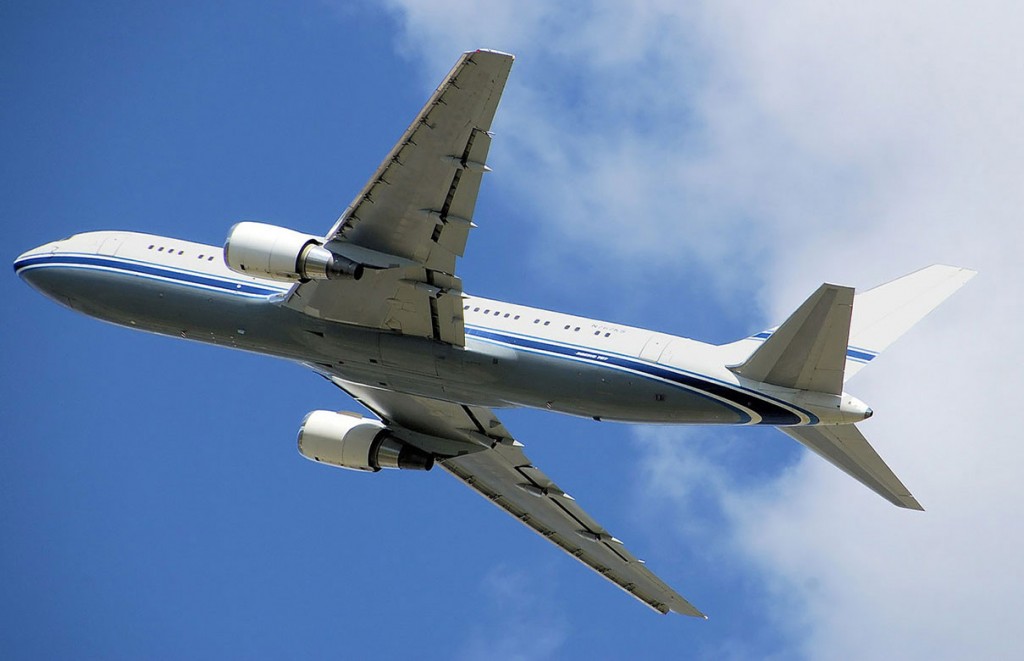
Day 2: YAOUNDE – YOKADOUMA
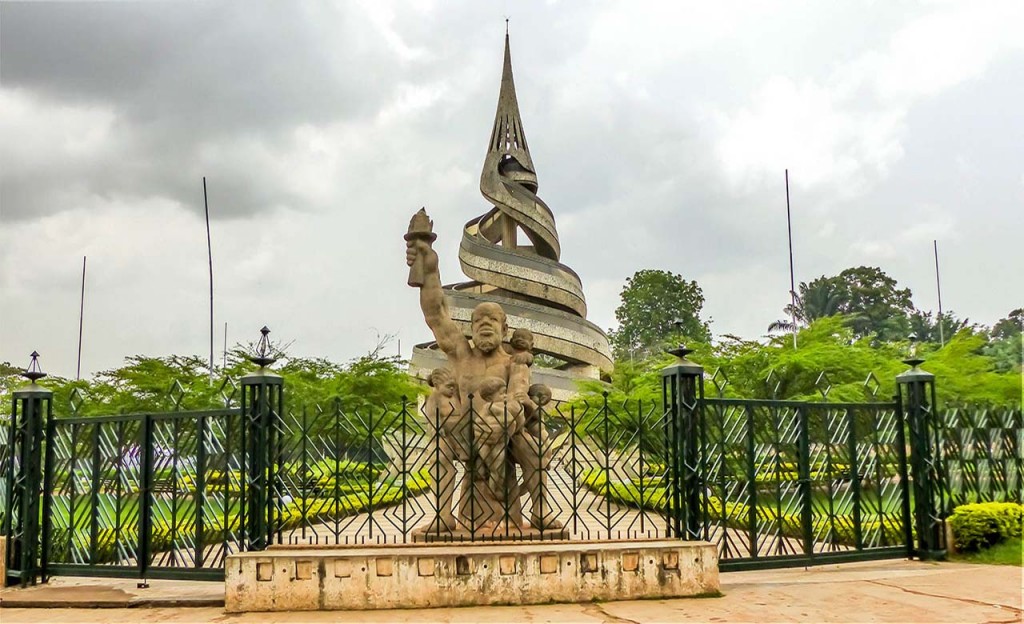
Day 3: YOKADOUMA
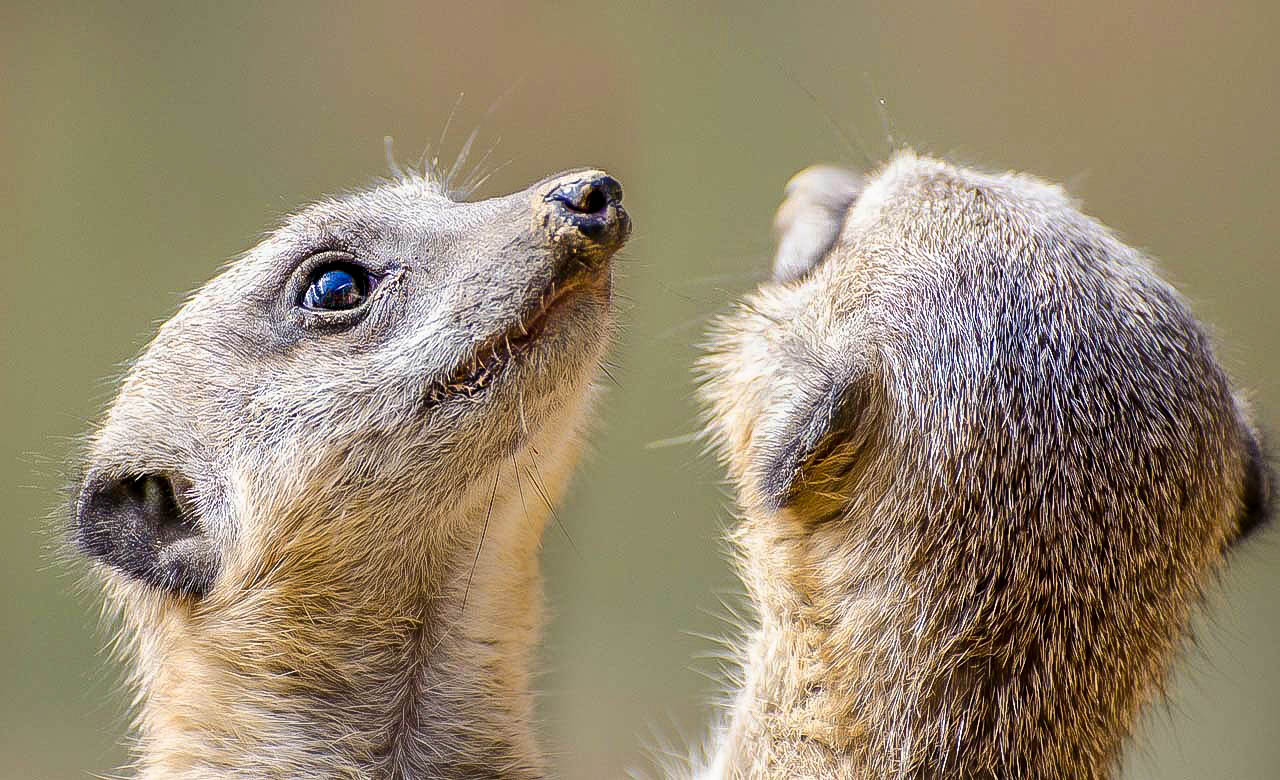
Early wake up, breakfast and departure for Mambélé on a not very good road, but well maintained, meeting and sharing with the Ba’aka pygmies, lunch at Membélé, continuation of the trip, arrival and installation at Camp Combo, Park formalities, dinner and night.
Days 4, 5, 6: MAMBELE –IMMERSION IN THE LOBEKE PARK
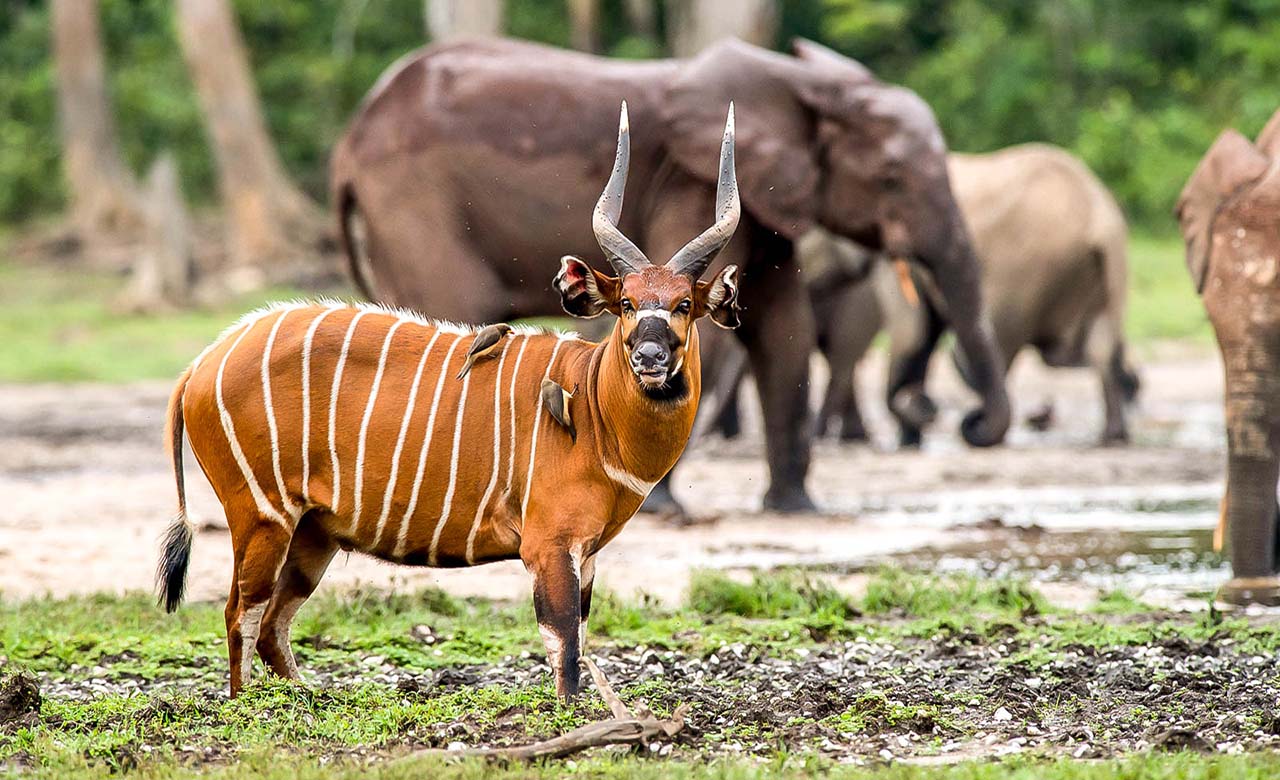
After breakfast, the first day we take the vehicle to visit the park in its Dangai part, this requires a 13km walk, arrival and installation for a three-day campsite. Three days of intense wildlife observation with tracking of jungle animals accompanied by professional trackers. 45 species of mammals, apart from rodents, are to be discovered. We will observe wild species from a watchtower. The park is home to elephants, gorillas, buffaloes, antelopes, bongos, panthers, Sitatungas, warthogs, wild boars and many other
animal species. The densities of elephants, gorillas and chimpanzees are among the highest in Africa. Dinners and overnight stays will be at the Camp.
Day 7: PARK - MAMBELE – YOKADOUMA
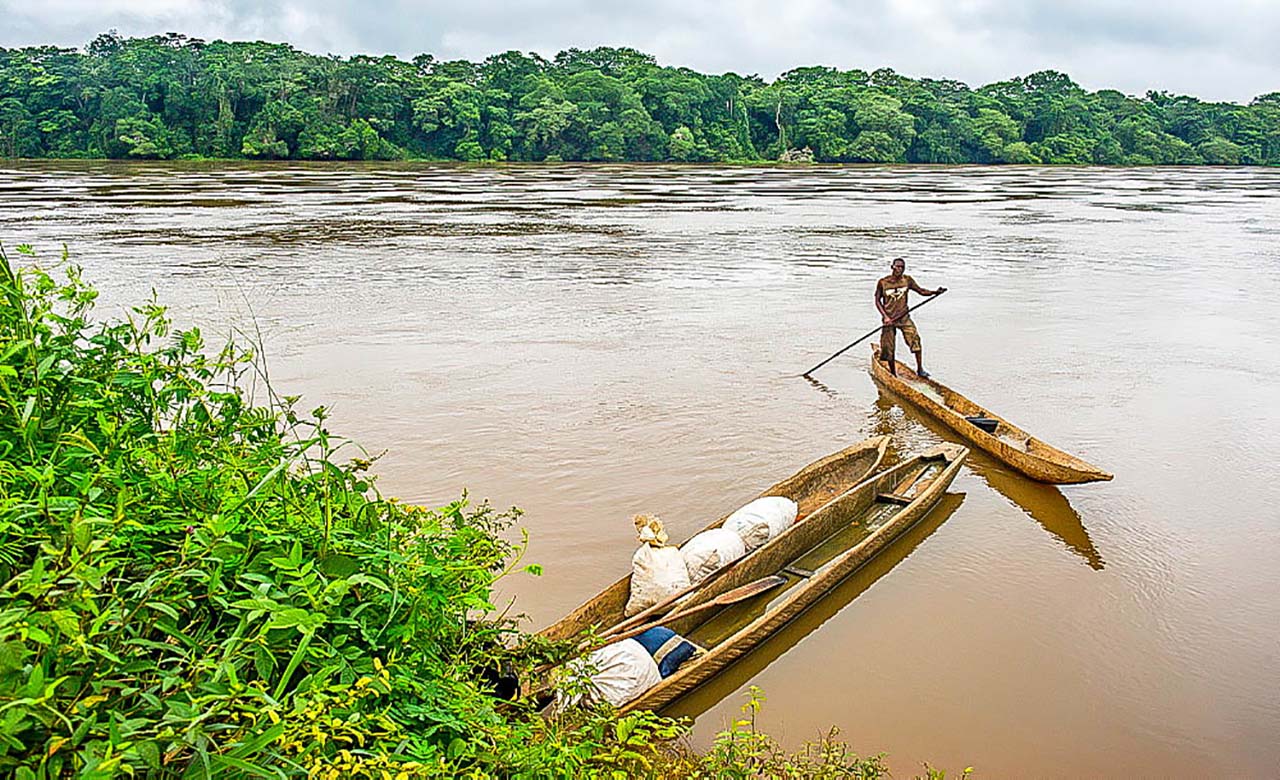
Day 8: YOKADOUMA - BOUMBA-BEK NATIONAL PARK

Breakfast and departure for Boumba-Bek National Park, arrival and installation at the Camp, park formalities, dinner and night.
Day 9, 10, 11: BOUMBA-BEK AND NKI NATIONAL PARKS
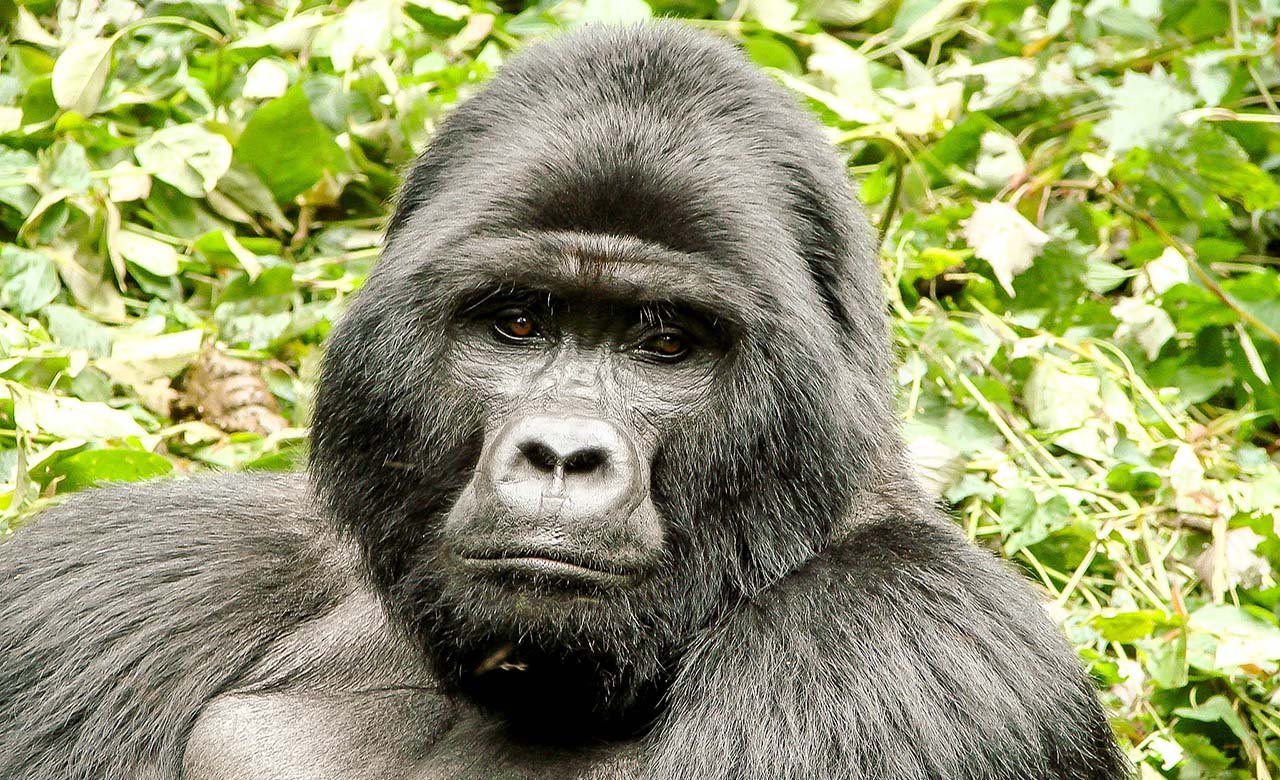
Day 12: BOUMBA-BEK – LOMIE

Early wake-up, breakfast and observation of the flora and fauna, departure in the afternoon for Lomié, arrival and installation at the Hotel Raphia, dinner and overnight stay.
Day 13: BOUMBA-BEK – YAOUNDE
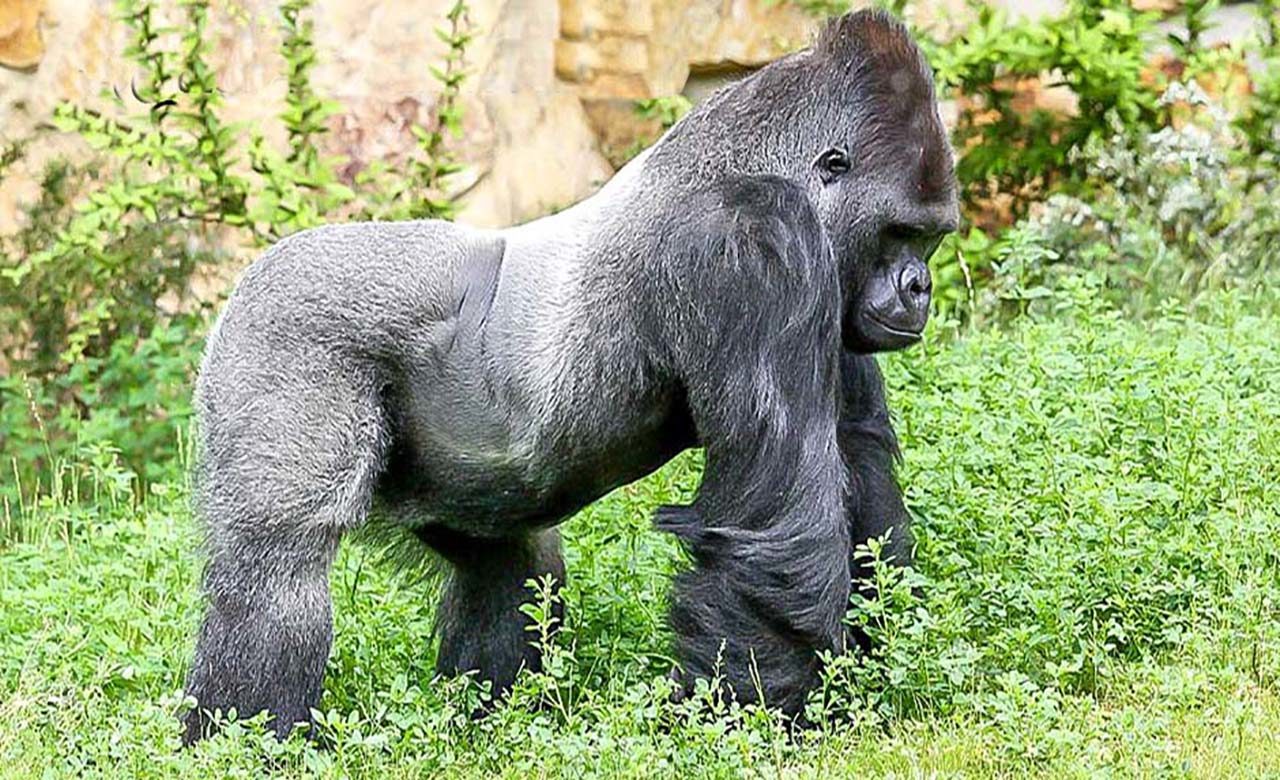
Breakfast, departure for Yaoundé, lunch in Abong-Mbang, arrival in Yaounde and installation at the hotel, dinner and night.
Day 14: YAOUNDE - EUROPE

Breakfast, visit of the city of Yaoundé, the national museum, the reunification monument, a typical market, the contemporary art museum, lunch in a restaurant in the city, shopping at the craft center for souvenirs, dinner in a city restaurant, transfer to the airport. END of our services.
Price: 3 250 € / pers. (2 pax)
Included / Excluded
Included / Excluded
This tour includes:
► Reception and escort by a professional, bilingual and certified national tourist guide.
► Transport in a four-wheel drive air-conditioned vehicle from reception all through the circuit.
► Accommodation in air-conditioned rooms and outdoor camping.
►Full board meals
► Entrance fees into the attractions.
►Toll fees.
► Guided tours of all the sites and attractions indicated in the program.
► Professional driver.
This tour does not include:
► International flight fees (Roundtrip).
► Costs related to travel formalities such as visa and immigration charges.
► Costs related to travel insurance.
► Additional expenses of the tourist such as the purchase of souvenirs.
► Alcoholic drinks such as liqueurs, wines, and whiskeys.
► Tips and gifts (freewill gestures)
Please specify :
► The exact dates of the visit (date of arrival and date of return).
► Flights and airports of arrival (Douala or Yaoundé-Nsimalen).
► Group or tourist’s interests to permit tailored modifications of the tour.
► Names and information of visitors for bookings.
► Food exigencies; diabetes, vegetarian etc.
NB : This program can be modified by demand to suit the expectations of the tourist(s).
